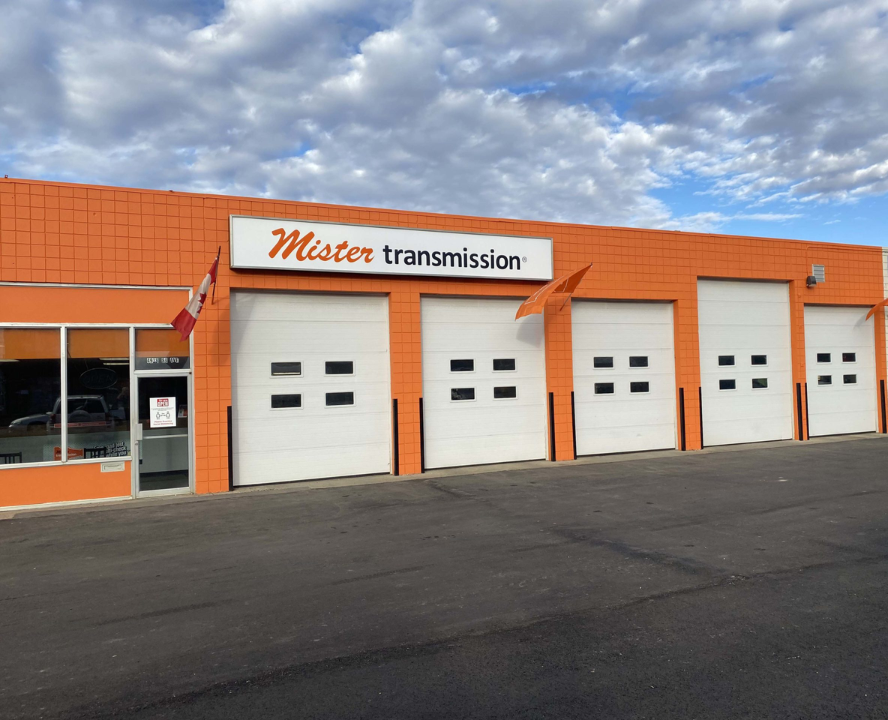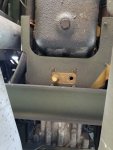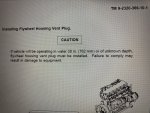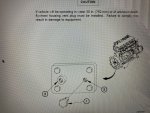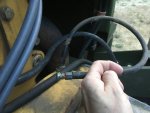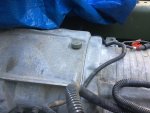- 364
- 266
- 63
- Location
- Myakka City, FL
Thank you for taking the time to write a long reply. It is much appreciated. I do not intend on using this diesel for anything except starting fires or perhaps cleaning very dirty trucks just prior to pressure washing. Mixes great with Gunk that needs to be cut/ You did make a point for me which I will verify and that is water dissolves asbestos. Never heard of that.I realize that given the current cost of fuels (we're looking at you, Brandon) that it's hard to imagine dumping 50 gallons of diesel (ie: retasking for other burning purposes) but there is absolute no chance I would risk my CAT engine tinkering with it to actually run as fuel. No friggin-ing way after saltwater contamination. *I live 12 minutes from "feet in the sand" in the Gulf
As far as clutch packs go, water is water. Clutches are basically flat discs with asbestos dust glued to each facing surface. There are literally dozens of them in an automatic trans. Water dissolves the asbestos and turns the fluid to a tan goo in the process. A tiny amount of water with only the hint of frothing tan will typically require a rebuild. If water is know to encroach a transmission, the only salvageable option is to not turn that transmission over (ie: don't run the engine). Immediately drain the fluid from both trans and t-case (all of it which requires pulling lines from the cooler, pulling all drains, pans, access ports (especially given that you are dealing with saltwater). A complete flush, filter change, and refill should be done immediately (like day after) and even then it can be very dodgy for the future of a water exposed transmission. You can flush out the water and clutch material that has entered the system, but that doesn't fix the clutches that are now slipping due to the lose of the friction coating.
The good news is that takeoff transmissions and transfer case can be had for under $2K +shipping. Of course shipping is bad news currently. And there is always a chance of getting another bad transmission/t-case. Be very leery of "used" LMTV transmissions on eBay, Craigslist, etc (deal with a known community member with a solid reputation). And if you see a used one on GP, assume the worst. Sadly, shipping will add another grand or so to the process.
And yeah, the t-case shares the same fluid source so it needs to be treated the same. It would be extremely unlikely that a trans goo'ed and didn't take the t-case with it. The only way to really inspect the damage is total disassembly and rebuild with fresh clutch packs, seals, all the stuff typically found in the rebuild kit.
Rebuild is an option if you have access to all the required tools to tear down a trans (lots of fancy plyers and Allison-specific pullers, tools, etc found typically only in transmission shops). The Allison's aren't any harder to work on than any other 7-sp trans (bigger is actually a bit easier to work with). The rebuild kits themselves are not cheap, but available (although I never did for one for the t-case when I was looking). I'd only pursue this option if you have a trans guy with a shop and the tools that can accommodate the 1500lb giant beast. As stated above, total disassembly and inspection is in order. We'll assume that there was no hardpart damage (ie: very expensive moving parts not covered in the rebuild kit).
A reman is an option but starting at about $10K + shipping often makes replacing the truck the better option.
I know this isn't a rosy picture I'm painting, but I've been there. This was what drained out of my third truck when I got it (with known "transmission not working" issues). I sold it as a parts truck after weighing all options.
View attachment 882196
What this whole event has caused me to do is question the what ifs. So I threw it out there and I am really grateful for your response.
I have replaced one of these transmissions and I did not count it a bad job but it makes you well aware of the weight factor hanging over your head. Nope don't want to change one just for having fun.
Again, appreciate it.


